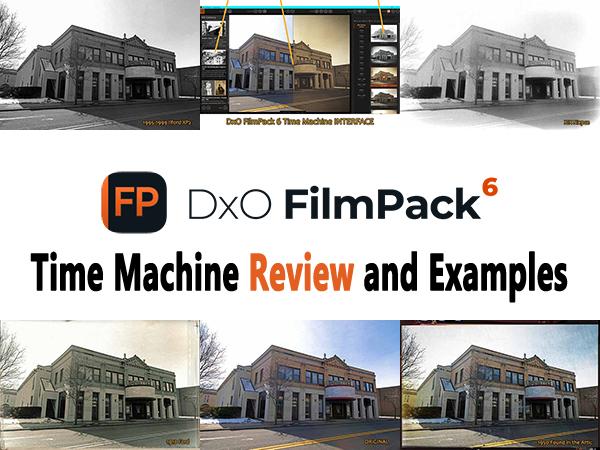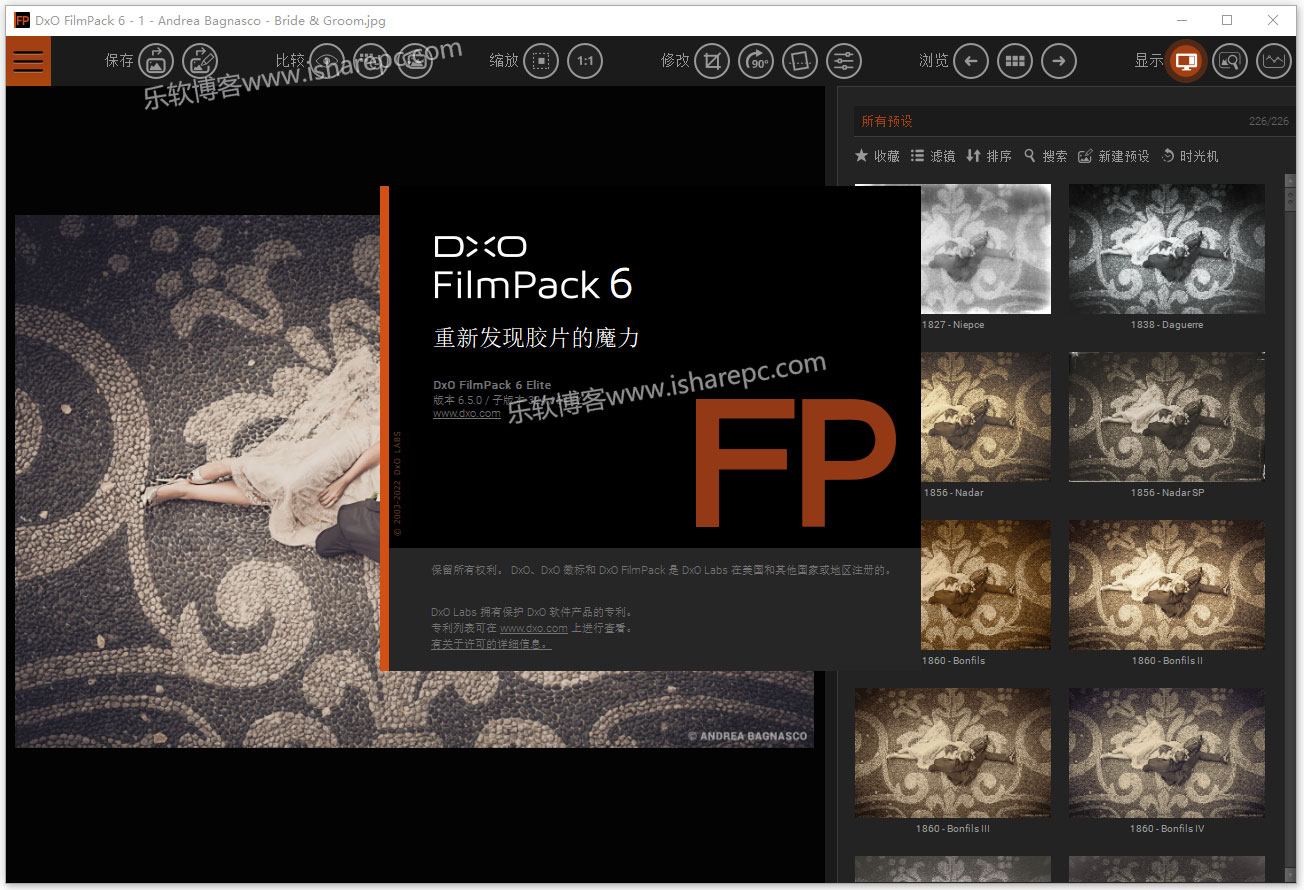
Many of the descriptions are skewed towards documentary photography, however, and key historical events from the relevant decade such as the moon landings – we’re not sure how useful this will be to a landscape or macro photographer, for instance. The descriptions of photographic approaches and styles from a particular era are genuinely interesting, and can be a useful creative spur – aestheticism and symbolism from the 1920s, for example. Time Machine, while an innovative feature, is something of a mixed bag in use.
Dxo filmpack 5.5 review full#
In addition, the new version brings the full range of Fujifilm film emulations to non-Fujifilm X camera owners, and also offers more ‘cinematic’/colour graded looks for customers after the look of LUTs. So, you can add the look of Tri-X black & white film from the 1960s, for example, while finding out more about famous photographers from that era, and indeed, the history of the film itself. Essentially, this adds a timeline down the left-hand side of the screen, organised by decades. In FilmPack 6, DxO has not only added more film stocks, but also introduced a novel feature called Time Machine. So being able to get the film look from a single, easy-to-use package still appeals. Why should they fork out for an Ektar or Tri-X impersonation when they are shooting with the real thing and getting the negs digitised? While the film revival shows no sign of petering out, the majority of modern photographers are still shooting digitally.īrompton Oratory gets the Jean-Michel Basquiat look – note the Time Machine descriptions over to the left, which you can toggle on and off What’s more, LUT (Look up Table) packages are increasingly popular too, luring photographers who are eager to get more of a ‘cinematic’ look.Īnd let’s not forget the growing number of photographers who are discovering or rediscovering film, cutting out the emulation middlemen altogether.
Dxo filmpack 5.5 review software#
This is not just coming from other software firms, such as Mastin Labs, VSCO and all the other preset suppliers out there, but also from camera makers – particularly Fujifilm, whose cameras have long had quality film emulations built-in. The latest version, FilmPack 6, needs to deliver more than just a bunch of new film emulations and filters, however, as DxO now has a lot of competition.


Its other image-editing packages attract positive attention too, particularly for the DeepPRIME noise-reduction features in PureRaw.ĭxO FilmPack has been around for a while, and as its name suggests, provides digital emulations of a lot of classic film emulsions. DxO has done an impressive job with the Nik Collection since taking it over from Google, turning a neglected image-editing suite into a powerful package that manages to rival Adobe while integrating seamlessly with Photoshop and Lightroom.


 0 kommentar(er)
0 kommentar(er)
